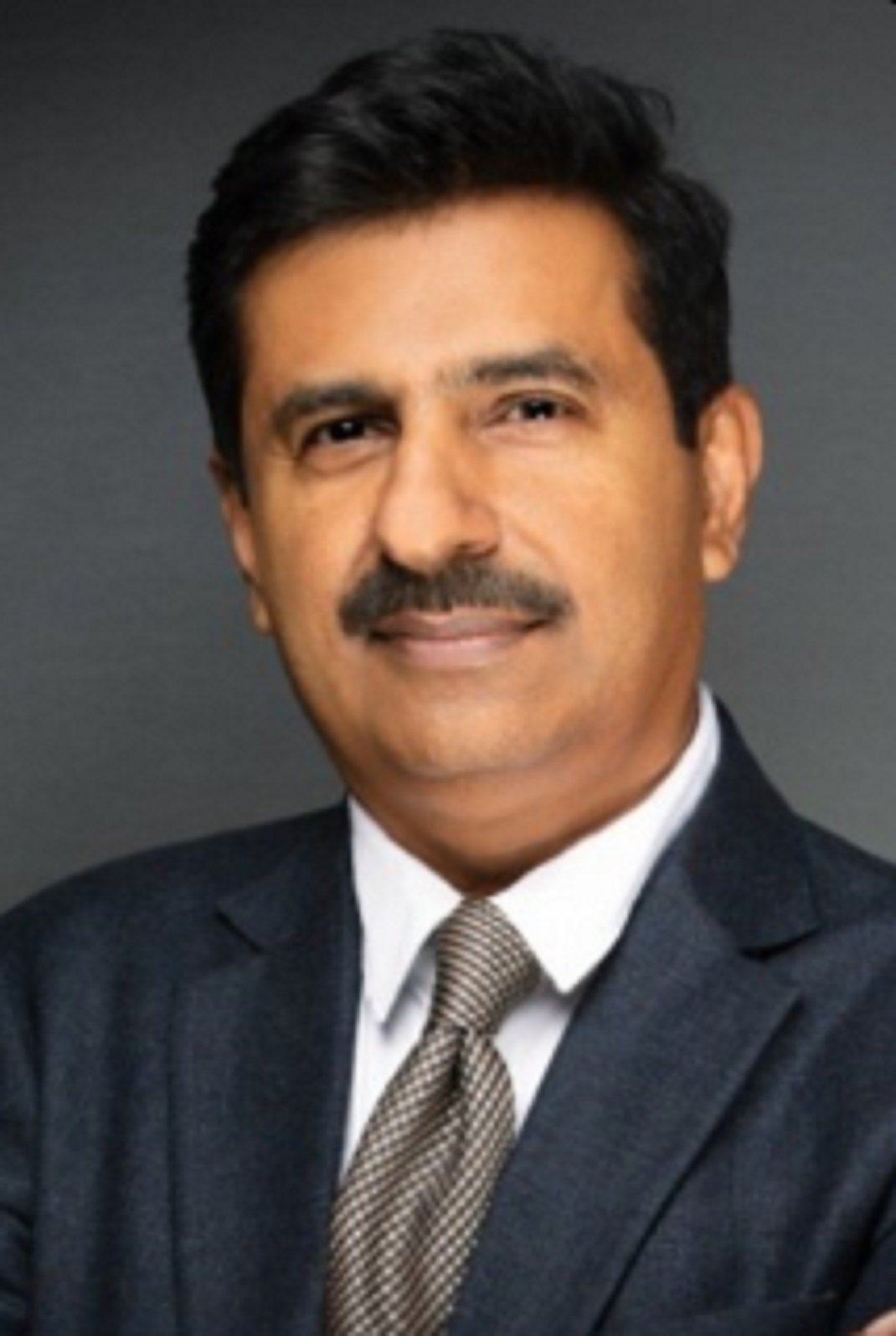Ideally Marianne Korkalainen’s high school in Rautavaara, a tiny town in eastern Finland, would enrol at least 20 new pupils each year. This autumn, her shrinking municipality will send her only about 12. But Ms Korkalainen, the head teacher, has a plan: she intends to invite half a dozen youngsters from poorer countries to help fill her empty seats. Eager adolescents from places such as Myanmar, Vietnam and Tanzania will swap their tropical cities for her snowy bolthole. They will receive a Finnish education, at Finnish taxpayers’ expense.
School-age populations are shrinking in lots of European countries—and in Finland, faster than most. By 2030 the country could have nearly 10% fewer children aged 4-18, according to EU projections. By 2040 their ranks might be smaller by a fifth. This spells trouble in particular for rural schools, which suffer both from having few births and from migration to the cities. Hundreds have shut their doors in recent decades. Some now offer local youngsters bungs, such as free driving lessons and small cash “scholarships”, in the hope of keeping them around.
The idea of giving vacant desks to foreigners is newer, and has been propelled by a Finnish startup. Finest Future sells Finnish lessons to eager beavers in Asian, African and Latin American countries. Those who achieve decent proficiency are referred to willing schools. By the end of this year, the firm will have helped import around 1,500 foreign pupils. But it says its goal is ultimately to supply Finland’s upper secondary schools—which educate about 110,000 students in total—with around 15,000 new faces each year. Already some small schools are taking in more foreign pupils than Finnish ones.
The scheme competes, in part, with expensive boarding schools in countries such as Britain. In theory, the savings youngsters derive from free tuition in Finland justify the inconvenience of having to learn a language not many people speak. So does the prospect of a free Finnish university place, a few years down the line. Schools approve because, under current rules, the central government coughs up per-student funding for each newcomer, just as if they were Finnish. Settlements in the sticks value the young blood.
In the long run all Finns benefit, argues Peter Vesterbacka, Finest Future’s co-founder, an entrepreneur who helped build the “Angry Birds” brand for Rovio, a games company. Finland’s total population of 5.5m will start declining within the next decade. The country struggles to attract high-skilled foreign workers (about 9% of its inhabitants were born abroad, one of the lowest rates in Europe). Mr Vesterbacka reckons that foreigners who turn up when they are teenagers, who learn the language, and who are educated in the Finnish system are far more likely to stay, and to succeed, than adults who are targeted later through skilled-worker programmes. He reckons they bring much more money into the country than the government must spend on their instruction.
The question is how far these arguments will keep winning out as the scheme expands. At the moment, high schools require no special permission from the central government to bring in Finnish-speaking foreigners, provided they have vacant spots. That could easily change. The education ministry in Helsinki has made it clear that it dislikes funding places for kids from other countries. And focusing spending on fewer, bigger schools might serve Finnish children much better than propping up small ones, even if country-dwellers find that a wrench. Whatever happens next, Finland’s experiment is likely to supply other shrinking school systems with valuable lessons.
© 2024, The Economist Newspaper Limited. All rights reserved. From The Economist, published under licence. The original content can be found on www.economist.com





